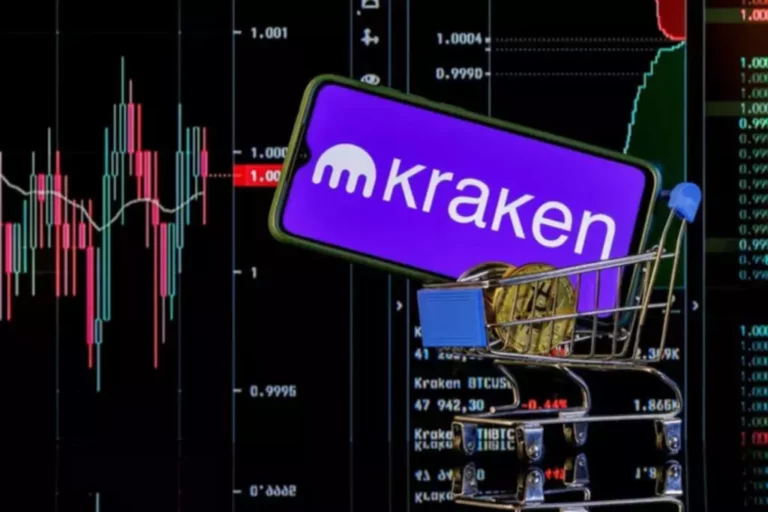Content
11 Financial’s website is limited to the dissemination of general information pertaining to its advisory services, together with access to additional investment-related information, publications, and links. Understanding the differences between buy-side and sell-side analysts is crucial for anyone interested in pursuing a career in finance or investing. The job of a sell-side analyst is to vet different stocks or other assets Blockchain and sell them to the buy side. In that sense, sell-siders are an essential part of the marketing of different securities. Sell siders keep close track of the performance of specific companies they track, keep track of stocks, and model and project future financial performance and trends. They come up with research recommendations and target prices and sell ideas to clients.
Buy-Side vs Sell-Side Analysts FAQs
They produce research reports that provide investment recommendations based on their analysis. Sell-side analysts also meet with company management teams to gather information and insights into their business operations. Their clients are typically individual investors who have a shorter investment horizon and are looking for investment opportunities that will generate short-term returns. These entities typically include institutional investors, such as mutual funds, pension funds, hedge funds, and private equity firms, as well as individual investors. Buy side analysts work for investment firms and manage investment portfolios on behalf of their clients, such as hedge funds, what is buy side liquidity mutual funds, and pension funds.
What is the main difference between buy-side and sell-side analysts?
Sell-side analysts aim to give deeper insights into trends and projections; they issue reports and recommendations which are used to make investment decisions for clients. Professionals on the sell side represent companies or entities that need to raise money. The sell side is made up primarily of advisory firms, banks, or other kinds of companies that facilitate selling https://www.xcritical.com/ of securities for their client companies. The sell-side is about selling, analyzing, and keeping the market moving, while the buy-side is all about making smart investments and managing portfolios.

Great! The Financial Professional Will Get Back To You Soon.
- Buy-side analysts and traders are a bit more behind-the-scenes compared to their sell-side counterparts.
- Knowing the difference between the sell-side and buy-side is essential in the Investment Banking industry.
- Based on the analyst’s research, the buy-side firm will make a buy recommendation to its clients.
- And many traders can join global macro funds or groups that use trading-like strategies such as convertible bond arbitrage – but you won’t see them joining PE firms.
- A requirement of higher skill-sets and knowledge for buy-side analysts for the investment decisions makes them fetch higher pay than the sell-side analysts.
In contrast, sell-side analysts typically work for investment banks or brokerages and are compensated on the quality of their research and how much revenue it generates. The Buy Side refers to firms that purchase securities and includes investment managers, pension funds, and hedge funds. The Sell-Side refers to firms that issue, sell, or trade securities, and includes investment banks, advisory firms, and corporations. Sell-Side firms have far more opportunities for aspiring analysts than Buy-Side firms usually have, largely due to the sales nature of their business. The job responsibilities of sell-side analysts involve analyzing companies and industries to identify investment opportunities for their clients.
Buy Side vs Sell Side – Analyst Roles
A requirement of higher skill-sets and knowledge for buy-side analysts for the investment decisions makes them fetch higher pay than the sell-side analysts. And many traders can join global macro funds or groups that use trading-like strategies such as convertible bond arbitrage – but you won’t see them joining PE firms. Their compensation is relatively fixed, based on internal company budgets – but most people still consider corporate finance an alternative to banking or an exit opportunity. They earn money from a management fee charged on their assets under management (AUM) and a performance fee, often 20% of the profits above a certain hurdle rate.

In the rest of this article, I’ll focus on the buy-side vs. sell-side and deals vs. public markets differences, but I’ll add a few references to the support roles where appropriate. They all raise money from Limited Partners (LPs), such as pension funds, sovereign wealth funds, endowments, and insurers, and invest in companies and securities. The job of a sell-side analyst is to convince institutional accounts to direct their trading through the trading desk of the analyst’s firm—the job is very much about marketing.
Venture capitalists provide capital to startups with long-term growth potential, aiming for substantial returns on their investments. Buy side analysts typically have a long-term investment horizon and aim to generate returns for their clients over several years. Sell side analysts, on the other hand, often have a shorter-term perspective and provide recommendations based on market conditions and short-term trends. Both the buy and sell-side firms typically structure their remuneration as a base salary and annual bonus. Total compensation is highly sensitive to several factors such as the size of the firm and the seniority of the position as well as the performance of the business in the context of the market environment over the past year.
For example, the research team at a brokerage firm is led by the Head of Research, who typically has two levels of analysts below him/her (senior and junior). The investment banking industry is a complicated ecosystem which is a collective body of interdependent entities with unique functions. At the core, central to this is the notion of buy side and sell side which entails the main tasks and aims of market participants. There is only one way for professionals and investors to navigate the complexity of financial matters – so make these distinctions clear to them. This in-depth overview encompasses the various aspects of the buy side and sell side, and reveals their functions, objectives, and relations in the investment banking world. The main objective is to give more detailed insights into the main industry trends, the power behind them, and the effects these bring regarding stockholders.
They are more likely to focus on the risks and pitfalls rather than an investment’s upside potential. Until several decades ago, most funds relied on sell-side research from brokerage firms. However, as the industry grew and became more competitive, many large institutional investors began to build their own in-house research teams to gain an edge in the market. On the Sell Side of the capital markets, we have professionals who represent corporations that need to raise money by SELLING securities (hence the name “Sell Side”).
A buy-side portfolio manager might learn of a new tech product that sounds promising. After doing research on the company and determining whether it was a wise investment, the PM might purchase shares of that company. While buy side analysts focus on making investment decisions and managing portfolios, sell side analysts primarily provide research and analysis to support investment recommendations. Both the sell-side and buy-side provide essential services for the normal functioning of the market. While the buy-side focuses on investing and growing assets, the sell-side facilitates transactions and provides advisory services.
It’s generally taken as an evaluation of the stock’s performance rather than the company’s. The relationship between buy-side and sell-side analysts can be seen as mutually beneficial. The more trustworthy a sell-side analyst’s research is, the more likely the buy-sider will be to recommend purchasing securities from the sell-side firm. Buy-side analysts do extensive research before recommending whether their firm should purchase a certain security.
Asset Manager A is a buy-side firm that manages a portfolio of securities on behalf of its clients. On the sell-side, Broker B provides market services, such as access to the stock exchange. Hedge funds, asset managers, and pension funds are typical examples of funds that buy or sell securities in the hope of earning a profit.
A typical work week can be around 50 hours, but that can increase depending on client demands. Buy-side analysts work for institutions that invest money on behalf of their clients, such as mutual funds, pension funds, hedge funds, and insurance companies. These analysts conduct in-depth research on securities, sectors, and markets to help their employers make better investment decisions. Professionals on the buy side typically work in portfolio management, wealth management, private equity, hedge funds and sometimes venture capital. Buy-side companies work to identify and buy underpriced, undervalued, or high-potential securities for clients in order to make the highest profit on their trades.
If you stay in the industry for, say, years, and you get promoted into a senior position at a firm that performs well, you’ll almost certainly earn more in many buy-side roles. In sell-side roles, most of the stress comes from responding to clients and other bankers and juggling the pitches, ongoing deals, and “random requests” that come in. In “Deal” roles, skills such as financial modeling, creating presentations and memos, and reviewing documents to conduct due diligence are very important. But the compensation ceiling is higher than in sell-side roles because prop traders can use strategies that traders at banks cannot and are more lightly regulated.
In addition to gathering their own information and conducting analysis on a given sector, buy-side analysts get to know the best analysts on the sell side whose research is relevant and reliable. By token, he has shared floor with likes of Dr. Greg S. Reid, Gary Vaynerchuck, Dr. Katsushi Arisaka, & more. Though contracted with bestsellers like Waterside, he vendors his books through private mentorships. Okay, so now that we’ve got a basic idea of what each side does, let’s dive into the key differences. Buy-side firms, particularly smaller ones, may have fewer openings and more competitive hiring processes.